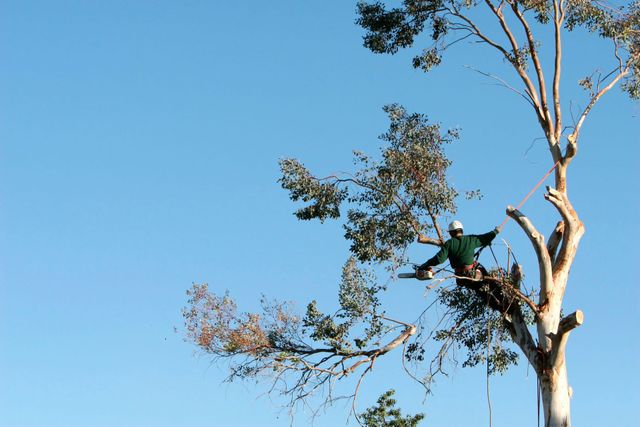Having a healthy and beautiful garden requires proper maintenance and care, especially when it comes to trees. Tree cutting and pruning are essential practices that can promote the overall health and longevity of your trees.
By removing dead or diseased branches, you not only enhance the aesthetic appeal of your garden but also prevent potential hazards. In this article, we will explore some of the best tree-cutting and pruning techniques to help you maintain a healthy garden.
- Understanding the Purpose of Tree Cutting and Pruning
Before delving into the techniques, it is important to understand the purpose behind tree cutting and pruning. Tree cutting involves the removal of an entire tree or a significant portion of it. This is usually done when the tree is dead, diseased, or poses a safety risk.
On the other hand, pruning focuses on the selective removal of branches to improve the tree’s structure, appearance, and health. Pruning can also be done to control the size and shape of the tree, stimulate growth, and increase fruit or flower production. Looking for tree services you may visit https://www.njtreecare.com/.

- Timing is Key
Timing plays a crucial role in tree cutting and pruning. It is important to prune trees during their dormant season, which is typically in late winter or early spring. Pruning during this period allows the wounds to heal before the tree starts to grow again in the spring.
- Use the Right Tools
Using the right tools is essential for effective tree cutting and pruning. A pair of sharp, clean pruning shears or loppers is ideal for trimming small branches. For larger branches, use a pruning saw or a chainsaw. Make sure your tools are properly maintained and sanitized to prevent the spread of diseases.
Clean your tools with rubbing alcohol or a mixture of bleach and water after each use. This will help prevent the transmission of pathogens from one tree to another.
